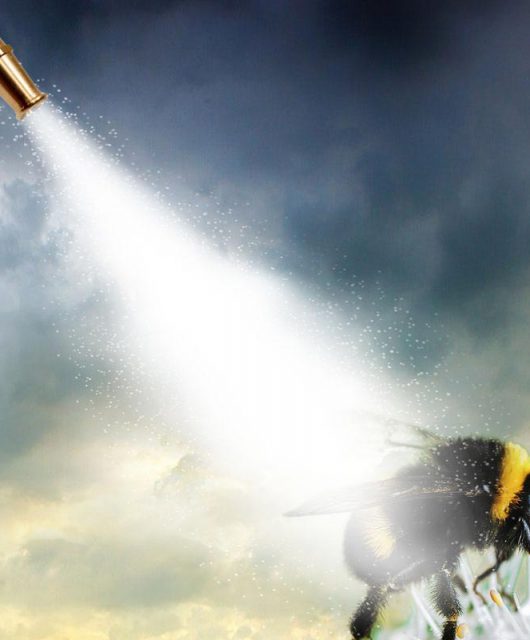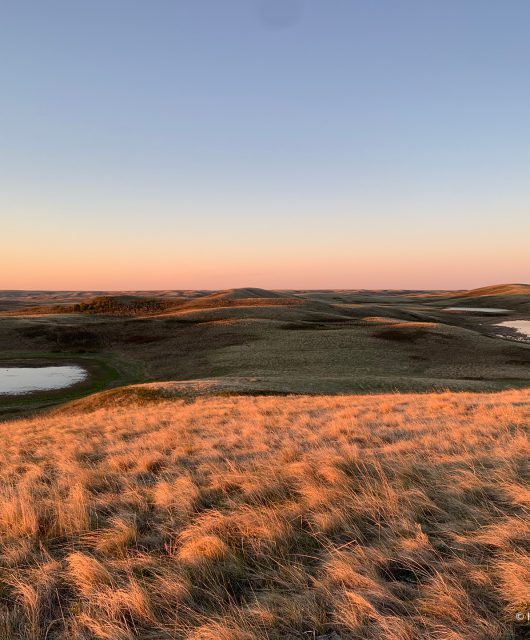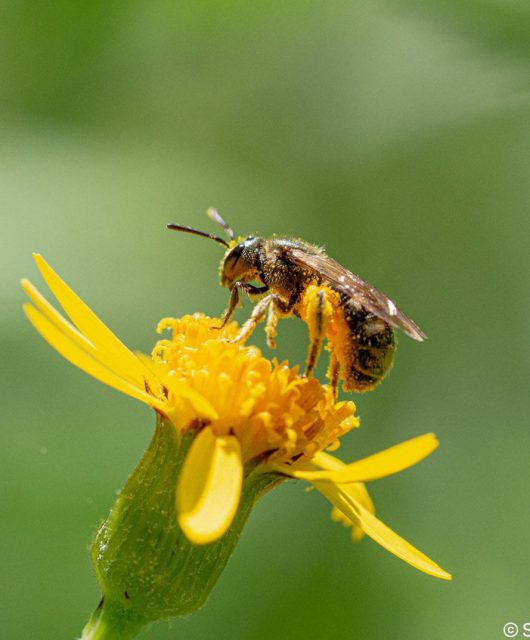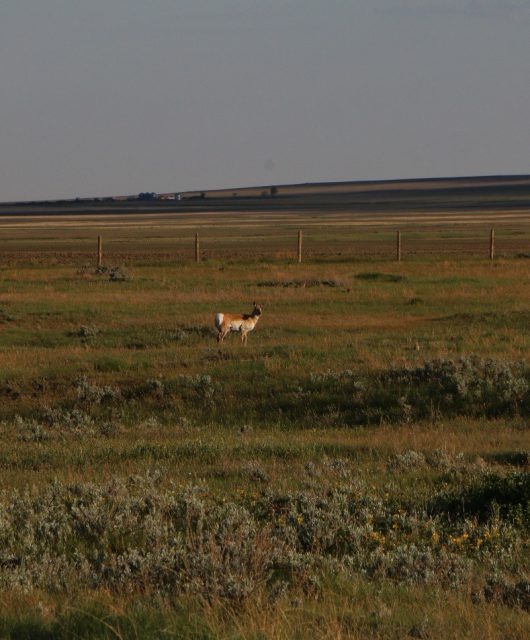With not a cloud in the sky, an eager crew meets in an empty parking lot in Gatineau Park. The task for the day: locate Pale-bellied Frost Lichen (Physconia subpallida), a species federally listed as Endangered.
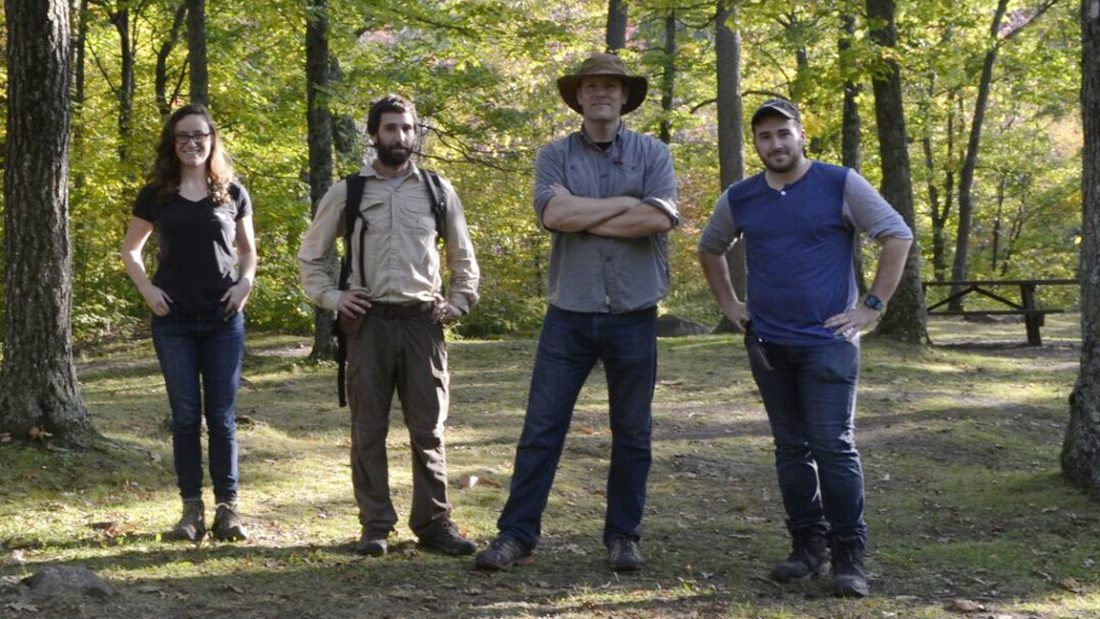
The idea of looking in the park was a definite shot in the dark; this species of lichen is not a common species by any stretch, with about only 20 known locations in Canada (all in Ontario), and has never been recorded in Quebec.
Pale-bellied frost lichen is known to grow almost exclusively on Ironwood (Ostrya virginiana), in humid mature forests with low stem density, and on bark with high moisture holding capacity. Thankfully, most of the time the lichen grows at eye level, and is able to be investigated without a ladder (some lichens grow very high in the canopy). Finding these specific habitat requirements is not an easy task. To determine areas with humidity is difficult, as some areas may be near water but the moisture dissipates, while there may be a partially open canopy in the middle of the forest where humidity is high. Searching within these pockets, you have to be mindful of what trees are growing within the search area; low levels of conifer trees (this increases acidity in the soil and Pale-bellied doesn’t like that) and abundance of ironwood are good places to start.
History had been made for this species: the first Pale-bellied Frost Lichen recorded in Quebec history, and the first endangered lichen ever reported in Quebec.
James Pagé (our Species at Risk & Biodiversity Specialist here at the Canadian Wildlife Federation) has been considering Gatineau Park since the beginning of 2016. “I believe the area should have habitat similar to areas in which the lichen has historically been found in Ontario,” says Pagé who put together a team for the survey, including intern Nicolas Conroy Jessica Allen, a researcher with the New York Botanical Garden, and Dr. Troy McMullin, a lichenologist with the Museum of Nature. Allen and McMullin would end up identifying dozens of lichens before day’s end.
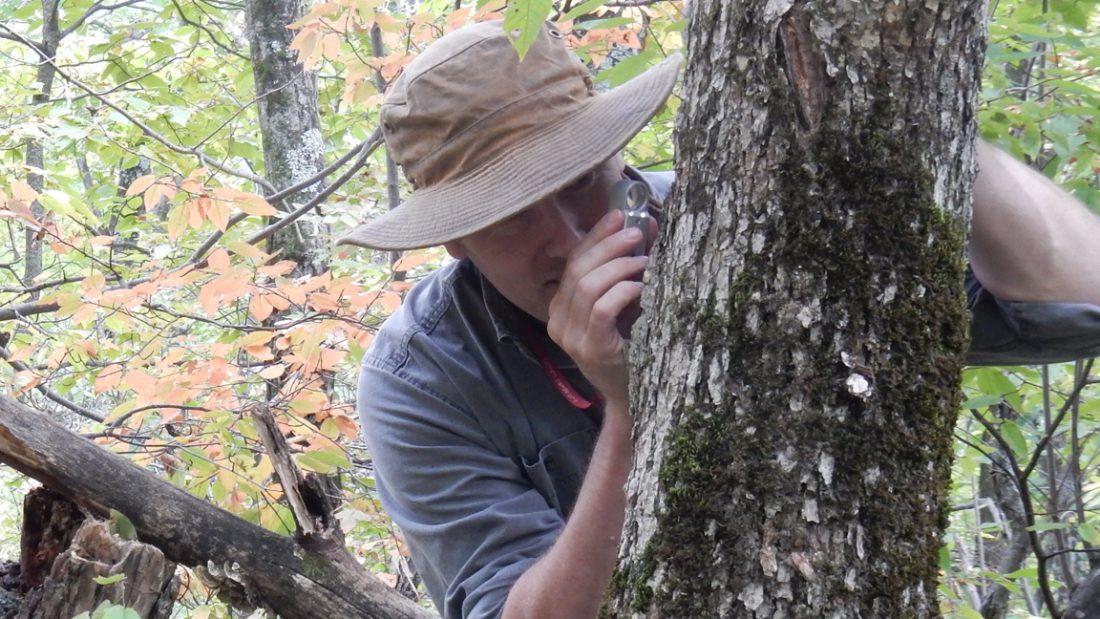 With high hopes, they ventured off the path towards large stands of deciduous trees with an abundance of ironwood, the preferred host tree for Pale-bellied Frost Lichen. They searched dozens of trees – armed with hand lenses and a keen eye for detail no lichen went unchecked. There were moments where members disappeared and reappeared for 20 minutes at a time, but they were always within ear shot. After the morning and most of the afternoon had turned up nothing, McMullin finally shouted for the group to come over, and everyone came running. He pointed at a small patch of lichen, no larger than your thumb. It was the lichen we had all been looking for! High fives ensued and cameras began to flash.
With high hopes, they ventured off the path towards large stands of deciduous trees with an abundance of ironwood, the preferred host tree for Pale-bellied Frost Lichen. They searched dozens of trees – armed with hand lenses and a keen eye for detail no lichen went unchecked. There were moments where members disappeared and reappeared for 20 minutes at a time, but they were always within ear shot. After the morning and most of the afternoon had turned up nothing, McMullin finally shouted for the group to come over, and everyone came running. He pointed at a small patch of lichen, no larger than your thumb. It was the lichen we had all been looking for! High fives ensued and cameras began to flash.
History had been made for this species: the first Pale-bellied Frost Lichen recorded in Quebec history, and the first endangered lichen ever reported in Quebec.
This post was written by Nicolas Conroy, a conservation science intern at the Canadian Wildlife Federation.

